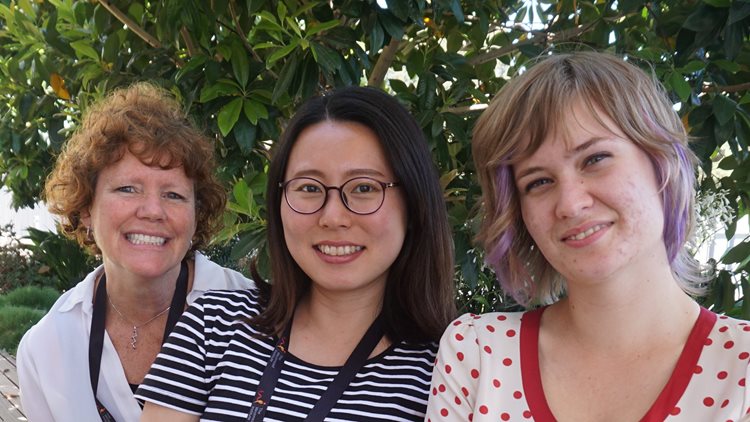October 19, 2017 Print
In a decades-long game of hide and seek, scientists from Sydney’s Westmead Institute for Medical Research have confirmed for the very first time the specific immune memory T-cells where infectious HIV ‘hides’ in the human body to evade detection by the immune system.
In a decades-long game of hide and seek, scientists from Sydney’s Westmead Institute for Medical Research have confirmed for the very first time the specific immune memory T-cells where infectious HIV ‘hides’ in the human body to evade detection by the immune system.
The team, led by Associate Professor Sarah Palmer from the University of Sydney, developed a pioneering full-length genetic sequencing assay for HIV. Using this test, the team found that genetically-intact HIV hides in specific subsets of CD4+ T-cells.
Associate Professor Palmer said that this next-generation test showed that HIV hides in the body’s immune memory T-cells, which is how it avoids detection from the immune system.
“Previously it was thought that HIV was hiding primarily in central memory T-cells, but our new HIV genetic sequencing test has revealed that the majority of replication-competent virus is actually hiding in effector memory T-cells.
“HIV is really very clever. Essentially, it is hiding in the exact same cells within the immune system that are meant to attack it.
“Now that we’ve identified where the virus is hiding, we can start work towards targeting these cells with new therapies aimed at fully eliminating HIV from the body,” Associate Professor Palmer said.
 (L-R) Associate Professor Sarah Palmer, Eunok Lee, Bethany Horsburgh
(L-R) Associate Professor Sarah Palmer, Eunok Lee, Bethany Horsburgh
Effector memory T-cells are the cells in the body that ‘remember’ previous infections and how to defeat them. These are the cells that provide life-long immunity to infections such as measles or chicken pox.
Associate Professor Palmer explained that only a very small proportion – approximately 5% – of HIV is genetically intact. However, it is this small proportion of virus that hides in the effector memory T-cells and stops the immune system from fully destroying the virus and eliminating it from the body.
“When HIV replicates it makes a lot of errors and releases a lot of defective virus.
“But this 5% of genetically intact HIV is the key. This virus inserts its genome into the body’s memory cells and sits there quietly avoiding detection by the immune system,” Associate Professor Palmer explained.
“These infected cells go into a resting state and stop producing HIV, but these latent cells can wake up and start making infectious HIV.
“It is a ticking time bomb waiting to re-infect a patient.
“The other 95% of defective virus does send the immune system into overdrive. We suspect that this ‘junk’ HIV can act as a decoy and draw attention away from the “real” virus hiding in the effector memory T-cells,” she said.
Despite groundbreaking advances in the treatment of HIV, it remains a chronic illness across the globe. Neither a cure nor a vaccine has been achieved.
“Current HIV drugs stop the virus from replicating, but there is still no way for us to ‘cure’ an individual with HIV. Patients need drugs or chemotherapy for the rest of their lives.
“This is a particular problem in the developing world where only 50% of people have access to regular HIV therapies.
“If a person suddenly stops taking their HIV treatments, the virus hidden in effector memory T cells would spring to life and start producing more HIV, and the virus will spread throughout the body within two weeks,” Associate Professor Palmer concluded.
This curative research was conducted in conjunction with Drs. Frederick Hecht and Steven Deeks from the University of California, San Francisco. It is part of the Delaney AIDS Research Enterprise to Defeat HIV (DARE) and the research was funded by the NIH and the NHMRC.
This research was published today on the prestigious journal Cell Reports: http://www.cell.com/cell-reports/pdf/S2211-1247(17)31386-4.pdf
Key facts: http://www.unaids.org/en/resources/fact-sheet
There are 5,000 new HIV infections every day in adults and children.
36.7 million people globally were living with HIV in 2016.
1.8 million people became newly infected with HIV in 2016.
The United Nations Aids has a 90-90-90 HIV target to reduce HIV by 2020:http://www.unaids.org/en/resources/909090
90% of people living with HIV know their status
90% of people who know their status are on antiretroviral therapy
90% of people on antiretroviral therapy achieve viral suppression.